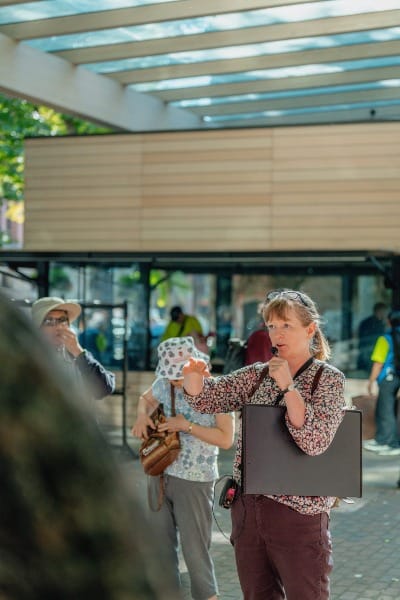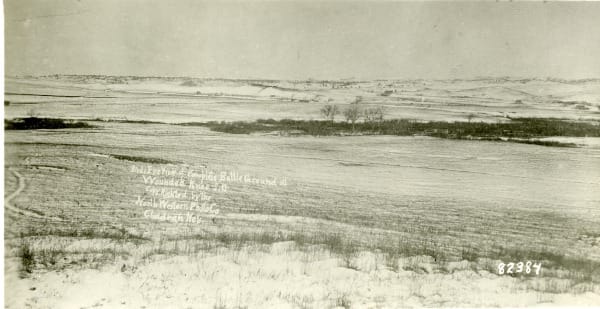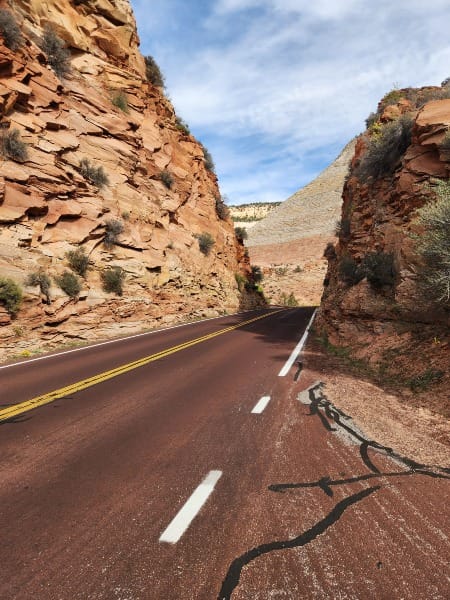Bridging Nature and Culture, Past and Present
Professor Doug Sackman reckons with history and place
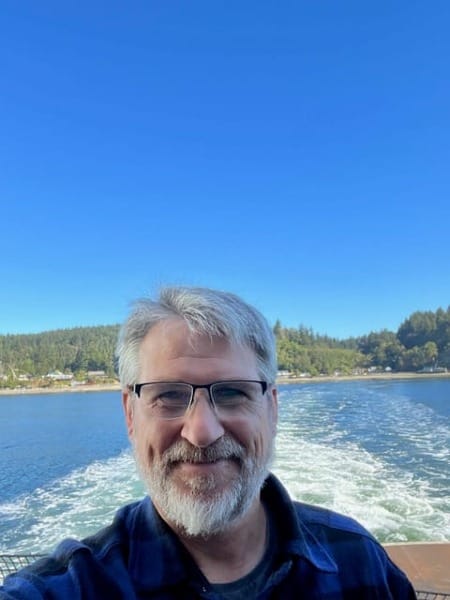
Introduction
Doug Sackman arrived as an assistant professor at my alma mater a handful of years after I graduated. His job was to teach all the courses that had inspired me to become a professional historian. Not long after, we met and have continued a friendship now for decades. That association has included memorable visits for me returning to the University of Puget Sound to present my research and writing and connect with faculty friends. Any consistent reader of Taking Bearings will locate many commonalities Doug and I share.
Although the college is one of our touchstones — a place that influenced us both — we also share scholarly interests in the intersection of nature and culture in the North American West, past and present. Doug is an innovative scholar, gifted writer, dedicated teacher — and active citizen. I admire his dedication.
Doug's scholarly work is well-known. Orange Empire: California and the Fruits of Eden (2005), his first book and an award-winning one, is justifiably cited widely as a model study that blends the history of nature, labor, and food. Doug edited a valuable collection of essays for scholars with A Companion to American Environmental History (2010), a book I pull off my shelf again and again. He also wrote Wild Men: Ishi and Kroeber in the Wilderness of Modern America (2010), which is a book I taught to good effect when it was new. Alongside these books, Doug has published the typical journal articles and book chapters professional historians do as a matter of course. And among his other writings, gathered here on his website, Doug has contributed a variety of stimulating commentaries that blend historical insights with contemporary urgency, including this fine example that, like many of his pieces do, meditates on the history of the place where he grew up — as I said, we share much in common.

The Background of an Environmental Historian
Doug Sackman describes his work as environmental history.
I'm very interested in the relationship between nature and culture in the North American West. That runs through the teaching and the writing and the public writing that I do. It comes from growing up in Northern California along the American River. My parents both loved hiking and landscapes, so I think I imbued that from an early age, kind of a regional identity in Northern California.
California allowed Doug diverse experiences that informed his later work, noting that he grew up with "the dichotomy of the country and the city," which is the name of an influential book by Raymond Williams that has informed our scholarly field.
We would visit grandparents, and come down the ridge route into the Los Angeles Basin in the 1970s. The air was thick with smog. You know, you felt it. You got it in your lungs. I think that sort of fascination of "the country and the city." Something that was with me growing up in high school. It was in the art that I did. I just had this abiding interest in that, and it wove its way through the other kinds of scholarly and academic and writing interests that I had through college and then ultimately when I got to graduate school.
He left California for the Pacific Northwest, which he saw as "another kind of going back to nature, if you will." While attending Reed College in Portland, he became captivated by the region's natural elements and industries: "the bridges, the rivers, the forests, the logging." There were no courses to satisfy that curiosity, but he formed a strong foundation with his degree in political science with plenty of political philosophy.
That foundation always was interdisciplinary, and Doug sought graduate programs that favored that kind of mixed approach. He considered the History of Consciousness program at UC Santa Cruz and a rhetoric program at UC Berkeley, but he ended up with the Critical Theory Institute at UC Irvine. He ended up there almost accidentally and with a bit of "retracing that family origin story back to Southern California and rediscovering nature in Southern California and its history." That critical theory program required graduate students do an adjunct program with it. Doug thought history looked manageable, a way to continue being interdisciplinary.
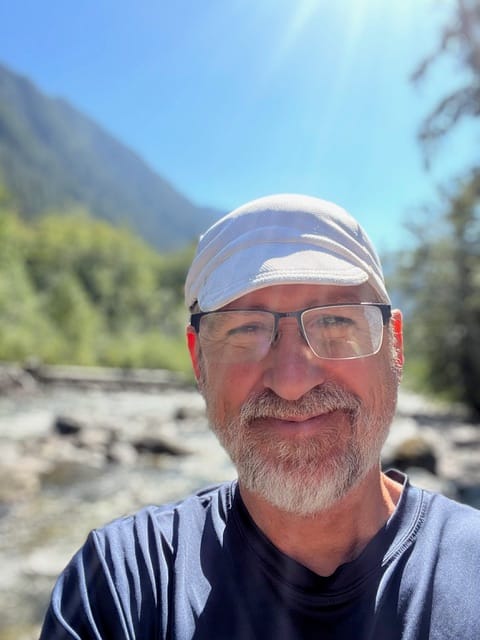
With that selected, Doug began his education as an environmental historian. The field was just emerging then. He read one of the foundational texts when it was new, William Cronon's Nature's Metropolis, which explored the city-country relationship on the grand scale of Chicago and what Cronon called the Great West. This book and Doug's introduction to the field helped him see the kind of work that could be accomplished.
You could look at your own region. It is significant. It is a center. It is important. You can probe the interrelationship between people, society, the systems they create, the way they map the landscape, the way they build second nature on top of it. And that is part of the story of American history, of world history, of understanding who we are as human beings, that we inhabit this more than human world. And it's open to exploration and understanding and investigation using historical tools.
